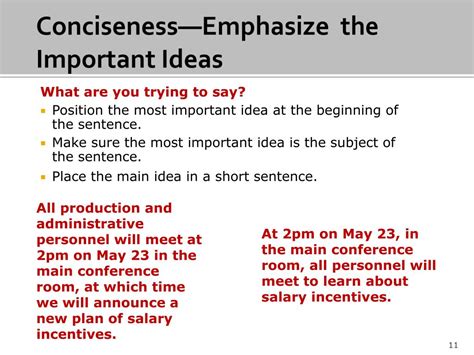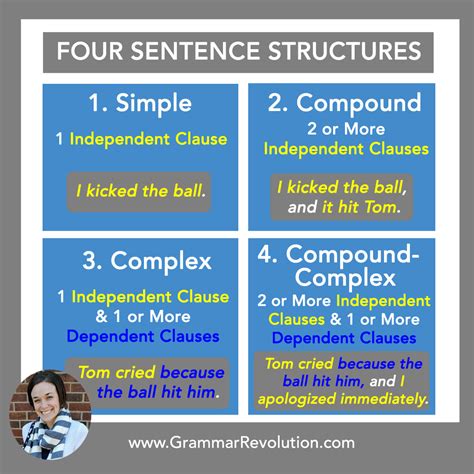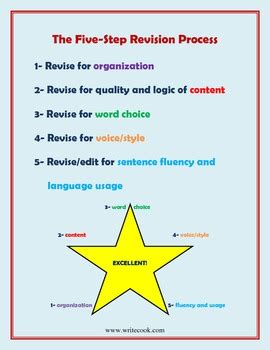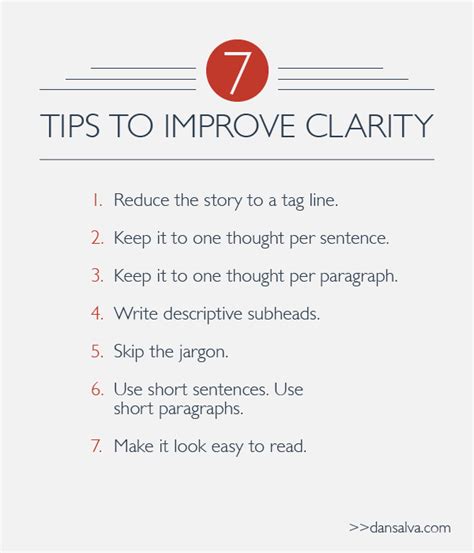In the vast landscape of communication, the written word stands as a formidable tool. Yet, simply conveying information isn’t enough; true mastery lies in crafting prose that resonates, persuades, and is undeniably clear. Whether you’re writing a report, a novel, or an email, refining your language can transform mundane text into compelling narratives and effective arguments. This guide delves into practical strategies to sharpen your prose, ensuring every word serves a purpose and every sentence shines with clarity and impact.
The Power of Precision: Eliminating Wordiness
One of the most common pitfalls in writing is verbosity. Unnecessary words and convoluted phrases dilute your message, making it harder for readers to grasp your meaning. To achieve precision, scrutinize every sentence for redundancies. Replace passive voice with active voice whenever possible, as it adds vigor and directness (“The ball was hit by the boy” becomes “The boy hit the ball”). Avoid jargon and clichés that offer little value and can alienate your audience. Seek out stronger, more specific verbs and nouns that carry more weight than generic alternatives coupled with adverbs.

Furthermore, challenge every adverb and adjective. While they can add color, often a more precise noun or verb can do the job alone, making your prose more muscular. For instance, instead of “ran very quickly,” consider “sprinted” or “dashed.” This practice forces you to think deeply about the exact nuance you wish to convey, resulting in tighter, more impactful writing.
Crafting Clear Sentences and Paragraphs
Clarity isn’t just about individual words; it’s about how those words coalesce into sentences and paragraphs. Begin by ensuring your sentences are grammatically sound and logically constructed. Break down overly long or complex sentences into shorter, more digestible units. Each sentence should ideally convey one primary idea, preventing reader confusion and cognitive overload. Varying sentence length can also enhance readability, creating a natural rhythm that keeps the reader engaged.

At the paragraph level, focus on cohesion and coherence. Each paragraph should typically begin with a topic sentence that clearly states its main idea. Subsequent sentences should then develop, support, or illustrate that idea with evidence, examples, or explanations. Use transitional words and phrases (e.g., “however,” “therefore,” “in addition”) to smooth the flow between sentences and paragraphs, guiding your reader effortlessly from one point to the next.
Enhancing Impact: Voice, Tone, and Rhythm
Beyond correctness and clarity, impactful prose possesses a distinct voice and appropriate tone. Your voice is your unique style, reflecting your personality and perspective. Develop it by writing authentically and allowing your character to shine through, without sacrificing professionalism when necessary. Tone, on the other hand, refers to the attitude conveyed by your writing – whether it’s formal, informal, persuasive, analytical, or empathetic. Ensure your tone aligns with your purpose and audience.

Rhythm is another subtle but powerful element. It’s achieved through varying sentence lengths and structures, strategic punctuation, and the musicality of your word choices. Reading your work aloud is an excellent way to identify awkward phrasing, repetitive patterns, or areas where the rhythm falters. A good rhythm draws the reader in, making the prose feel natural and engaging rather than stilted or forced.
The Art of Revision: Tools and Techniques
No piece of writing is perfect on its first draft. Revision is not merely proofreading; it’s a critical, multi-layered process of re-seeing and re-shaping your work. After completing a draft, step away from it for a few hours or even a day. This fresh perspective will help you spot errors and areas for improvement that you might have overlooked previously. Read your work backward, sentence by sentence, to catch grammatical errors and awkward phrasing.

Seek feedback from trusted readers who can offer an objective viewpoint. They might identify areas where your meaning is unclear or where your argument falters. Additionally, consider using grammar and style checking tools, but always remember they are aids, not substitutes for your own critical judgment. The final pass should always be your own careful read, focusing on the overall flow, impact, and clarity of your message.
Refining prose is an ongoing journey, not a destination. It requires dedication, a critical eye, and a willingness to constantly learn and adapt. By embracing precision, crafting clear structures, injecting impact through voice and rhythm, and committing to thorough revision, you will elevate your writing from merely acceptable to truly exceptional. Your words will not just be read; they will be felt, understood, and remembered.




